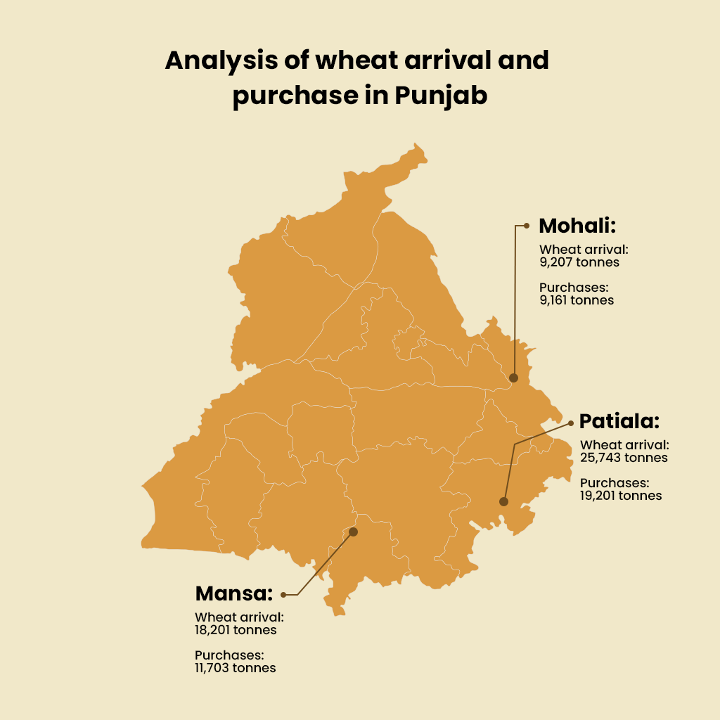This year, Punjab has experienced a remarkable rise in wheat procurement, exceeding the usual quantities by a significant margin. With 84,484 tonnes of wheat already dispatched to markets, this surge is primarily driven by the Central Government's limited grain reserves. Farmers and market analysts alike are optimistic about a bumper wheat harvest, expected to surpass 160 million metric tonnes nationwide. The increased procurement efforts in Punjab reflect both the state’s vital role in national food security and the high demand for wheat amid dwindling reserves.
we’ll explore the factors contributing to Punjab’s extensive wheat procurement and the implications for the broader agricultural landscape.
The surge in wheat procurement is linked to favorable government policies, including timely disbursement of Minimum Support Price (MSP) payments and enhanced logistical support for grain collection. The scarcity of grain stocks at the national level has also motivated the government to boost procurement efforts to secure future reserves. Moreover, Punjab's favorable growing conditions and farmers’ adoption of modern agricultural practices have contributed to the anticipated bumper crop, positioning the state as a critical supplier of wheat.
This upward trend in wheat procurement demonstrates how important the region is for India’s food security and highlights the need for continued support for farmers in the face of changing economic and environmental conditions.
Private traders are offering higher prices for wheat as the government aims to boost its grain reserves and secure a strong stockpile. Flour mill owners, wary of potential stock limits that are already being informally enforced in some states, are carefully purchasing and stockpiling more wheat. Meanwhile, large-scale farmers are holding onto their wheat stocks, hoping to sell later at even better prices.

